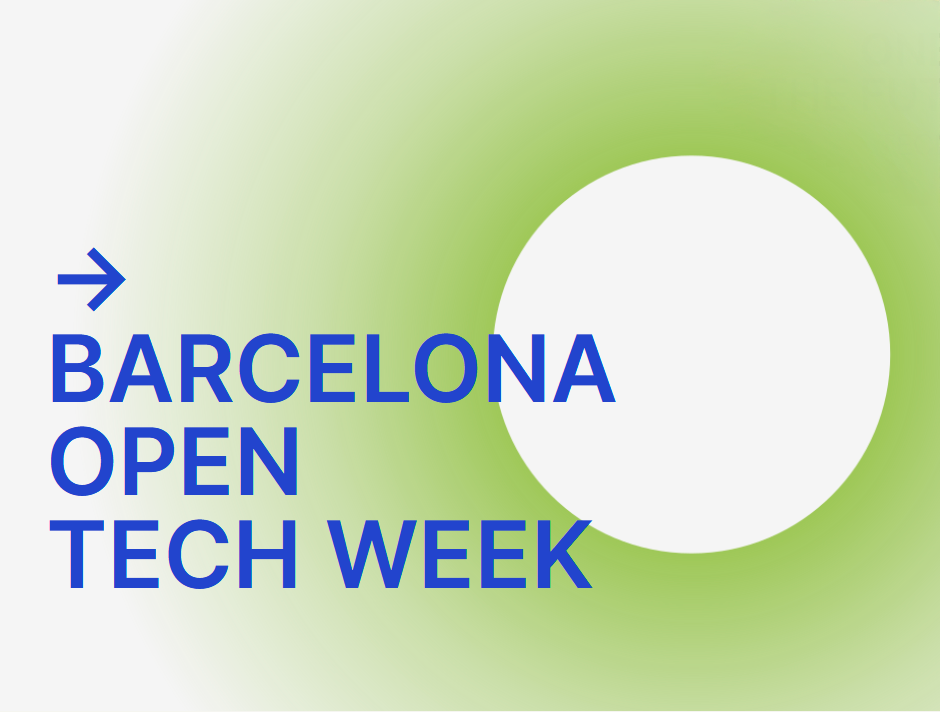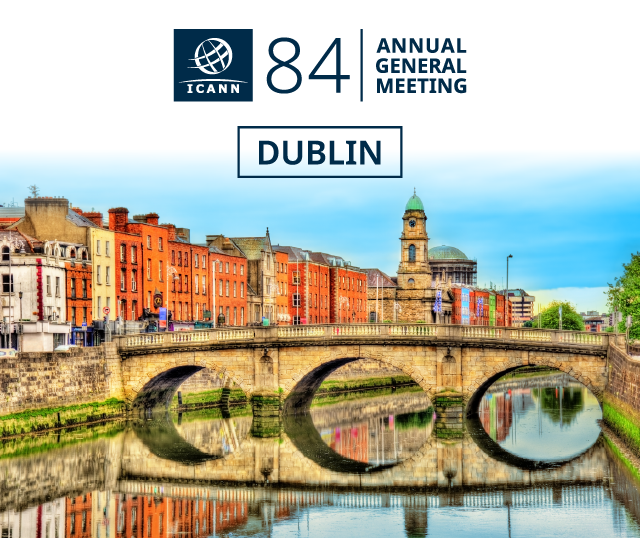In recent years we’ve seen technology develop very fast, revolutionising the way we interact and share information via the internet. One new trend is the Web3 concept, an evolution of the current website which introduces a new paradigm based around decentralisation.
Web3, or the decentralised website, seeks to overcome the limitations of the current website, known as Web2. While Web2 is based on centralised architecture where data and control are mainly in the hands of companies and organisations, Web3 has the goal of decentralising this infrastructure and handing control to users through technologies such as blockchain and other distributed registry systems.
Web3 structure is conceived for uses such as:
1. Digital identity: With Web3, users can have greater control over their digital identity. Cryptographic systems mean each individual can have a unique identifier and verify their data without depending on a central authority. This can improve online security and privacy, as well as avoid fraud and identity supplantation.
2. Decentralised markets: The arrival of Web3 brings decentralised markets which allow users to exchange assets and services without the need for a central intermediary. These markets work through smart contracts, which are programmable agreements executed automatically when the established conditions are met.
3. Internet of Things (IoT): Web3 may also have a significant impact on the Internet of Things. With decentralised infrastructure, connected devices can communicate directly without depending on central servers. This can improve the security and privacy of the data generated by IoT devices, reducing vulnerability to central attacks and minimising the dependency of companies on service providers.
4. Decentralised finance (DeFi): One of the most notable applications of Web3 is the development of DeFi platforms. These decentralised finance platforms enable users to conduct transactions, loans and other financial operations without the need for traditional intermediaries such as banks or finance institutions.
5. Decentralised governance: Another important area of application for Web3 is decentralised governance, With the use of blockchain and decentralised voting systems it’s possible to foster citizen participation for collective decision-making.
With technologies such as blockchain and other distributed registry systems becoming more broadly adopted, Web3 is likely to continue to expand and open up new opportunities for collaboration, security and participation for all internet users.


